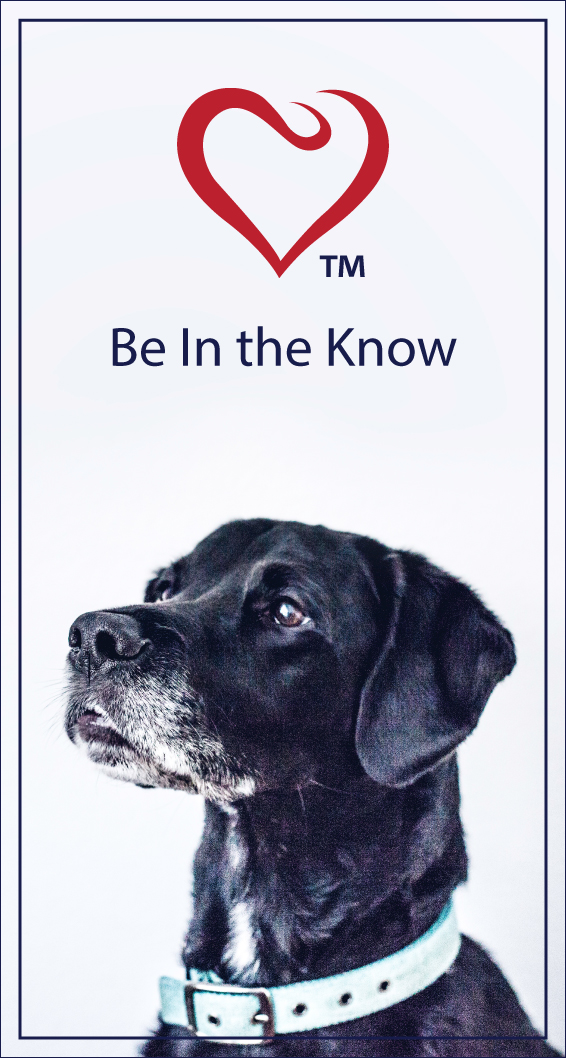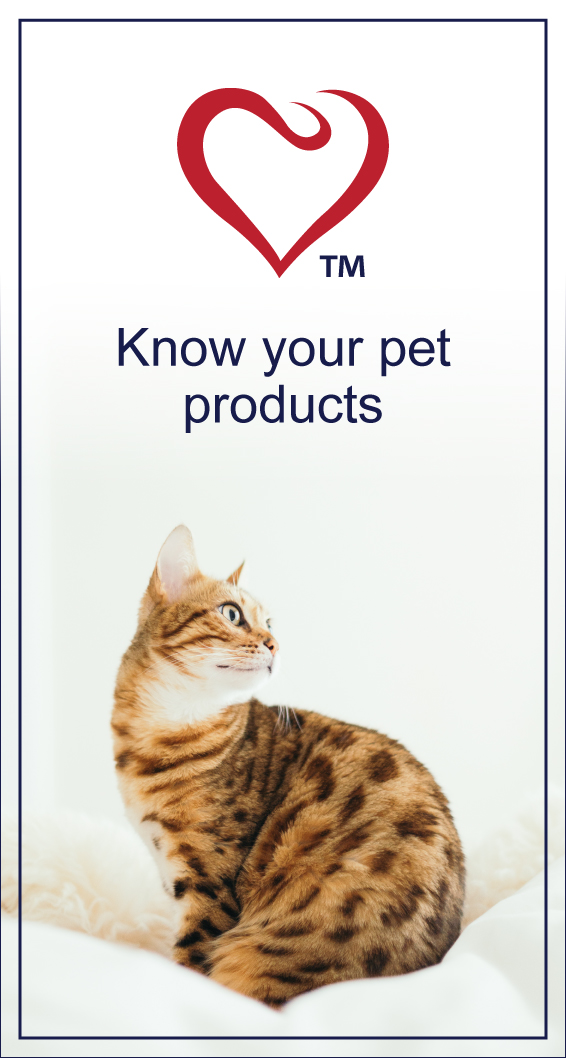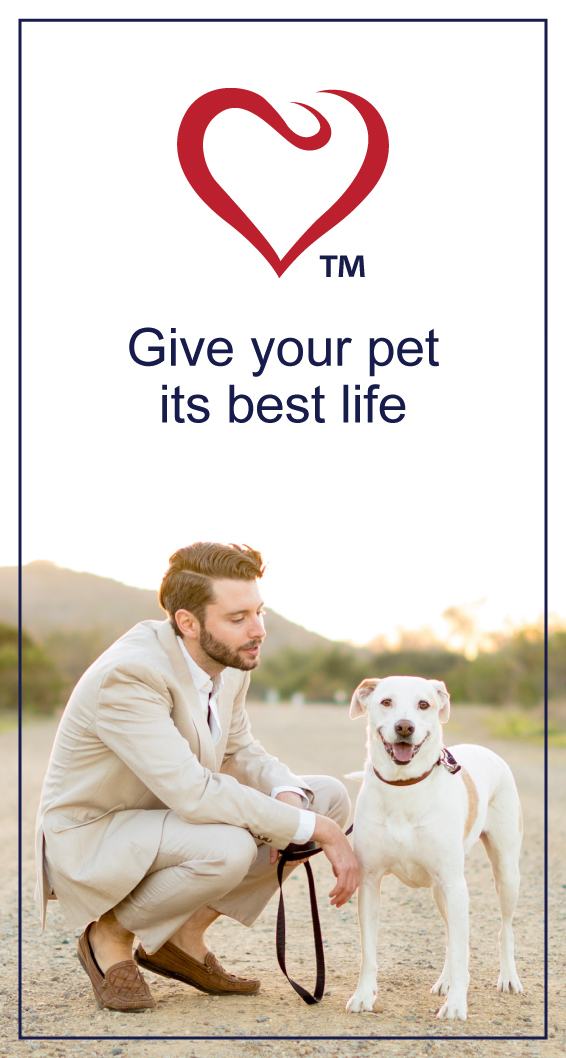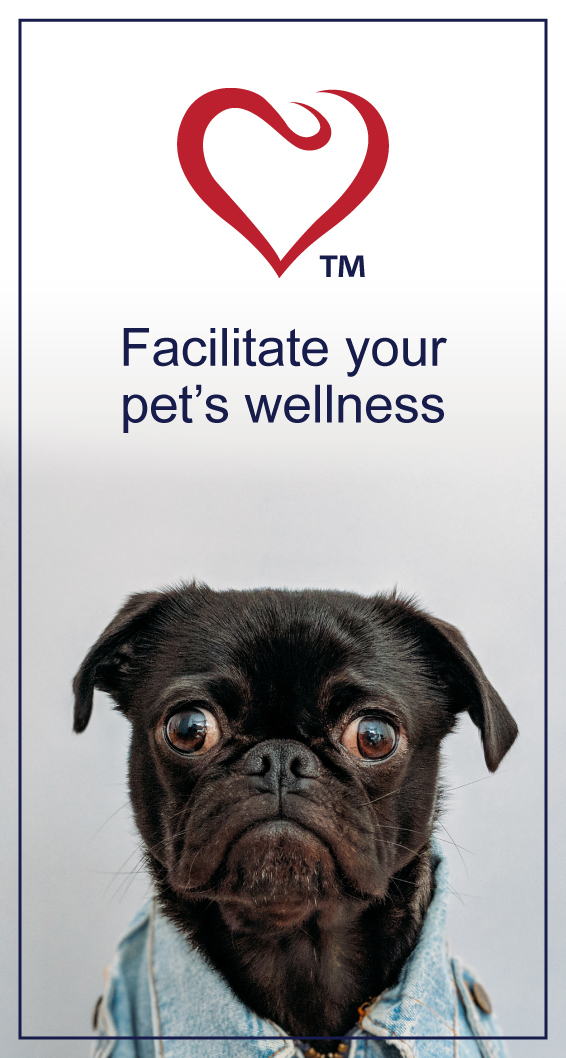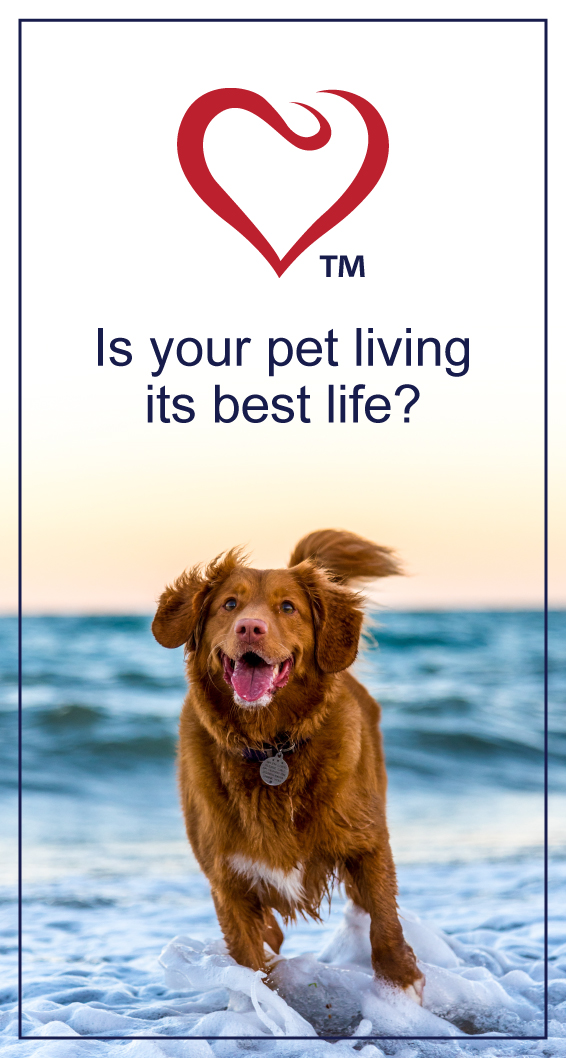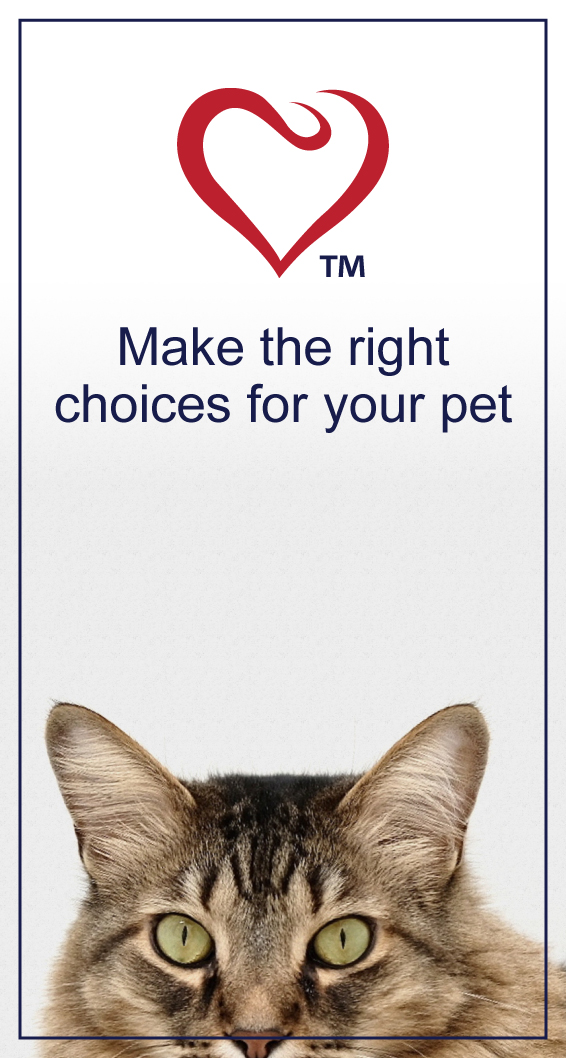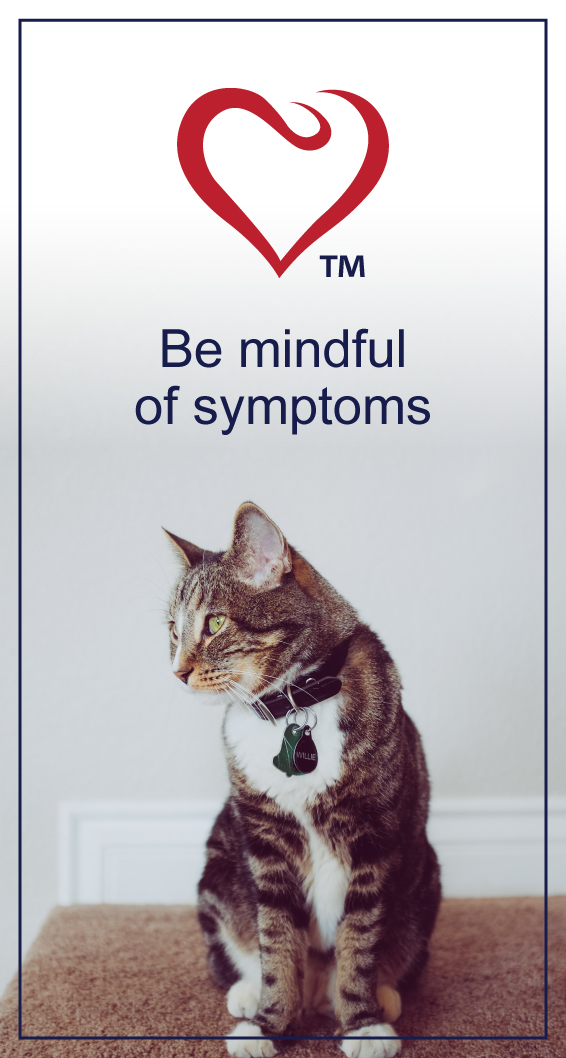
TRENDING
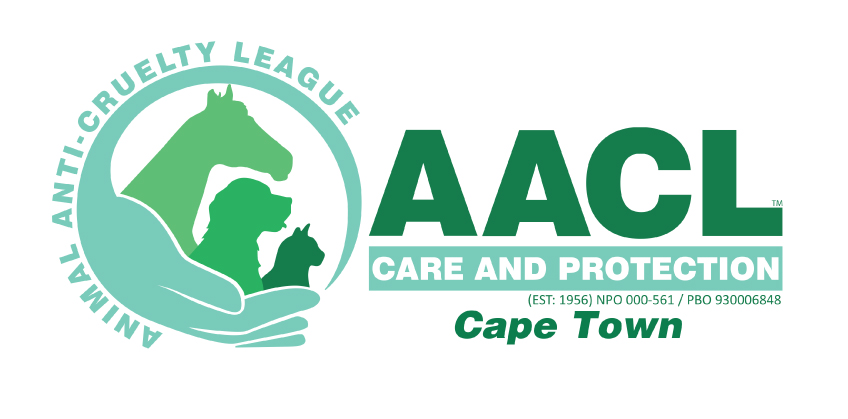
We’re excited and honoured to feature South Africa’s second largest independent animal welfare organisation on PetlifeSA.
AGGRESSION IN DOGS
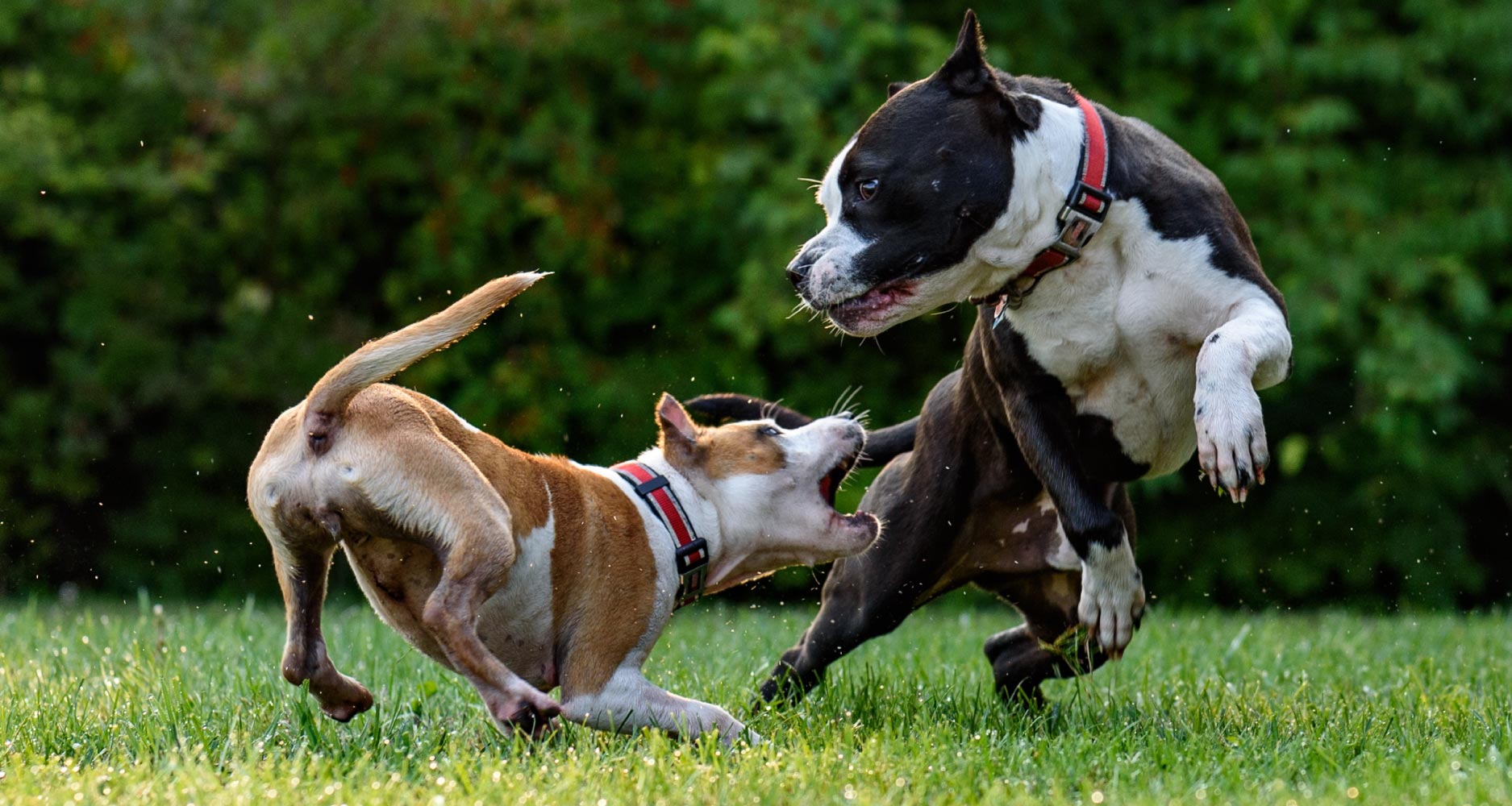
Dog aggression is not something owners want to deal with, but it’s important to act as soon as possible.
It’s sad, stressful and often dangerous. By understanding more about the underlying causes, you might be able to deal with this problem.
The most common types of dog aggression include fear, defensive, social, territorial, protective, possessive, frustration-elicited, redirected, pain-elicited, sex-related and predatory aggression. Sometimes, what we perceive to be aggression, may even be the result of hyper energy, eagerness or natural inquisitiveness.
The major reason why dogs become aggressive toward other dogs, is that during their puppyhood, dogs are often deprived of adequate socialisation with other good-natured dogs. Regular contact with one another is vital for dogs to develop social skills, confidence, the ability to “read” other dogs and exchange subtle communication signals. Dogs that show aggressive tendencies tend to be kept more isolated and in the process their anti-social behaviour tends to intensify as they get older.
In a nutshell, frustration and dominance issues are to blame. For a dog to be balanced, he or she needs frequent, adequate exercise to curb frustration. Besides exercise, training and playtime, socialisation from a young age can also make a difference.
DOES IT HAVE SOMETHING TO DO WITH THE BREED?
One breed is not superior to the other in terms of lack of aggression. The problem is, the larger the dog, the more damage he’s able to cause.
Imagine a powerful, undisciplined dog that doesn’t lead a balanced life. Can you blame him or her for acting out that leads to damage or injury? It’s not their fault; they didn’t plan it.
Always choose a breed you understand because liking a breed and being able to fulfil their needs are two very different things.
If you’re interested in a powerful breed, you need to set boundaries and strict rules. You need to be firm, consistent and willing to offer him the fulfilment he requires.
IS FRUSTRATION LINKED TO AGGRESSION?
It certainly is, that’s why it’s important that dogs exercise, not only for the physical benefits, but the mental ones as well. Taking care of your dog’s extra energy goes a long way.
When your dog is less wound up, he’s able to listen and respond more appropriately.
WHY IS MY DOG AGGRESSIVE TOWARDS OTHER DOGS?
This one is a little more tricky. In situations where he perceives a threat, he will feel the need to protect you/your family. He’s driven by his instincts and actually acting unselfishly. It’s important to understand this.
So, when you meet your dog for the first time, start earning your dog’s trust, loyalty and respect. He needs to trust you and feel safe.
By setting boundaries and teaching obedience your dog won’t feel the need to aggressively protect you from others but rather respect your lead. He will realize that you are calm and that he can be at ease as well.
HOW TO AVOID OR DEAL WITH AGGRESSION
To avoid raising a frustrated or dominant dog, train your dog from an early age. If your dog shows signs of aggression (excessive low-range barking, growling and showing teeth, snapping, snarling, standing tall with ears erect, carrying tail high and moving stiffly from side to side), the first step is to figure out what is causing your dog’s aggression and the reason behind it.
It is essential to deal with the underlying cause of the aggression as the behaviour is just a symptom of an underlying problem. Alternatively, take control of the behavioural issues before it gets worse.
Don’t be afraid to seek help. It’s the responsible thing to do. There are numerous qualified, experienced trainers and dog behaviourists that can help your dog and restore your relationship. You will also have to put in effort to learn your dog’s body language and what it means.
Best of luck!
Related Article
